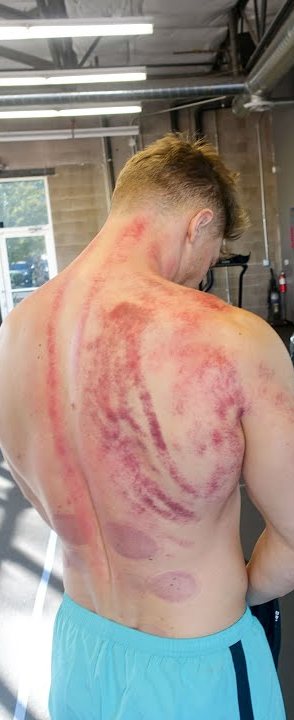Your shopping cart is empty!
 Back pain may not kill you, but it is a highly debilitating condition; a painful condition that may last for weeks and even days. It is one of the most common health complains and each year close to 15% of the adult population suffer from some kind of back pain. In emergency departments around 3.5% visits are due to back pain. Prevalence of back pain increases with age. It is also more common among women than men.
Back pain may not kill you, but it is a highly debilitating condition; a painful condition that may last for weeks and even days. It is one of the most common health complains and each year close to 15% of the adult population suffer from some kind of back pain. In emergency departments around 3.5% visits are due to back pain. Prevalence of back pain increases with age. It is also more common among women than men.
Back pain occurs due to numerous reasons like pelvic inflammatory disease, kidney stones, sciatica, slipped disc, trauma, ankylosing spondylitis. In the majority of cases, back pain is the result of the wrong posture, weakened back and abdomen muscles. Weakened supportive muscles significantly increase the risk of back pain.
Since it is a chronic condition, you must know the ways to prevent back pain, and reduce it. The most important thing you can do to recover faster is stay active. Yes, there were times when doctors used to recommend complete bed rest for back pains. But now latest research indicates that those who try to remain physically active recover much faster from back pain.
Your next step should be doing stretching exercises. Such exercises can help both to prevent back pain and help overcome the existing back issues. Back pain is the result of severe muscular spasms, and stretching may help relieve them, thus reducing the ache. It is a good idea to consult a physiotherapist or a doctor regarding exercise therapy. Regular walking, swimming, yoga, pilates are some of the low impact exercises that are good for back health.
Over-the-counter painkillers may also help get better. Painkillers like ibuprofen are quite useful for most people, helping to relieve both pain and inflammation. Paracetamol is also an option, though it will not help with inflammation.
Physiotherapy at home with the help of hot and cold packs will help too. Here the rule is simple, in the acute phase use a cold pack like a bag of frozen vegetables. A cold pack will help reduce pain and prevent the progress of inflammation. Once an acute phase is over, better use hot packs as they increase local blood flow, and thus helping to relax muscles and get rid of remaining inflammation.
Relax and practice mindfulness. Stress has lots to do with long-lasting back pain. So try to stay positive, believe in yourself, and you will see pain disappear.
In 60-70% of cases, back pain is due to trauma, sprains, and strains. The stronger back is less likely to get traumatized or strained. Similarly, stronger vertebral bones are less likely to suffer from physical stress. It means that although steroids will not help in acute painful phase, in the long run, they may help strengthen back and prevent pain. Anabolic steroids will be especially beneficial when combined with exercise therapy.
Finally, do not forget that doctors may also prescribe steroids, but those steroids are not anabolic steroids. Steroids prescribed by doctors are called corticosteroids, and they are the most potent anti-inflammatory drugs. Corticosteroids are reserved for severe conditions. However, their long-term side effects are severe like suppression of immunity and weakening of bones.